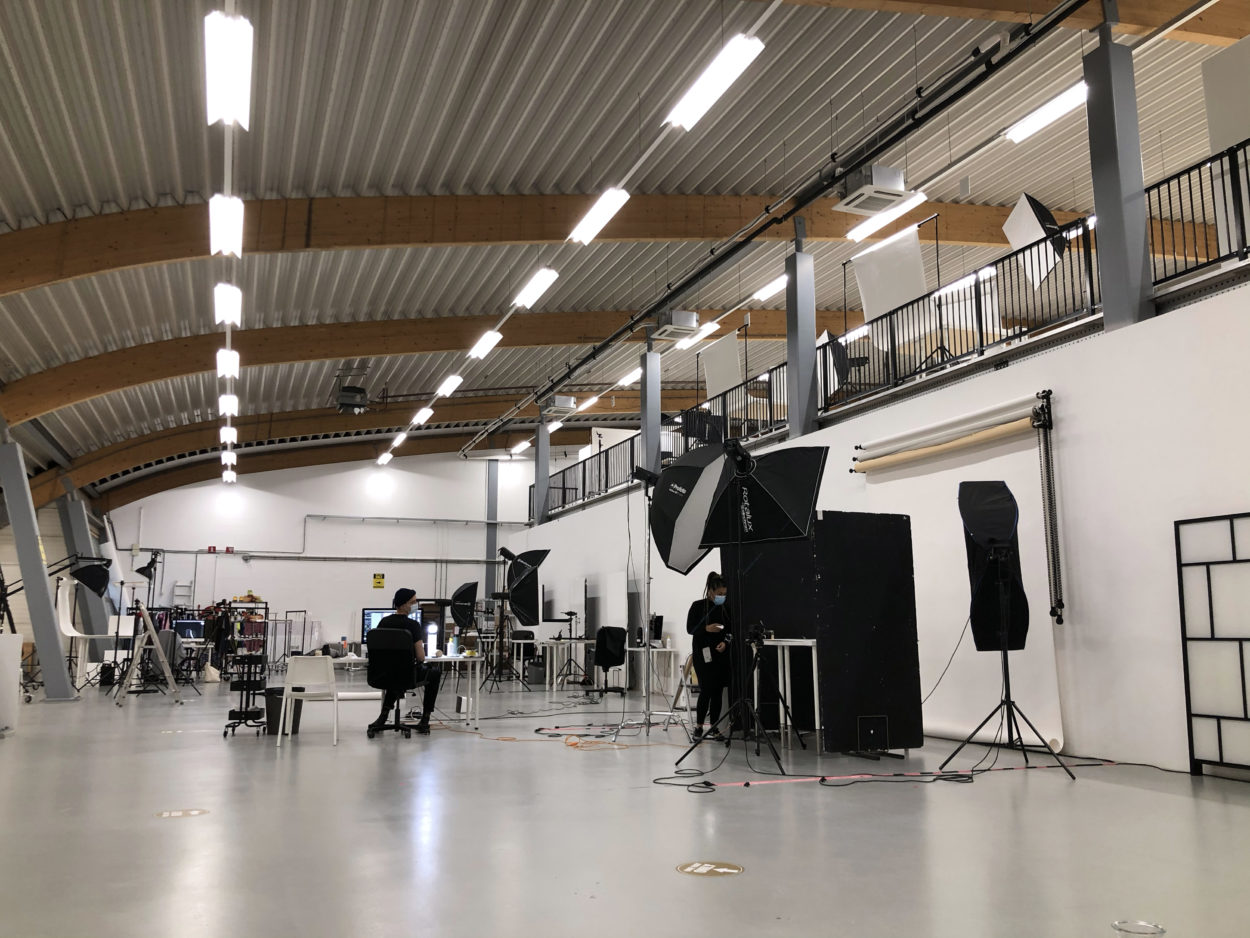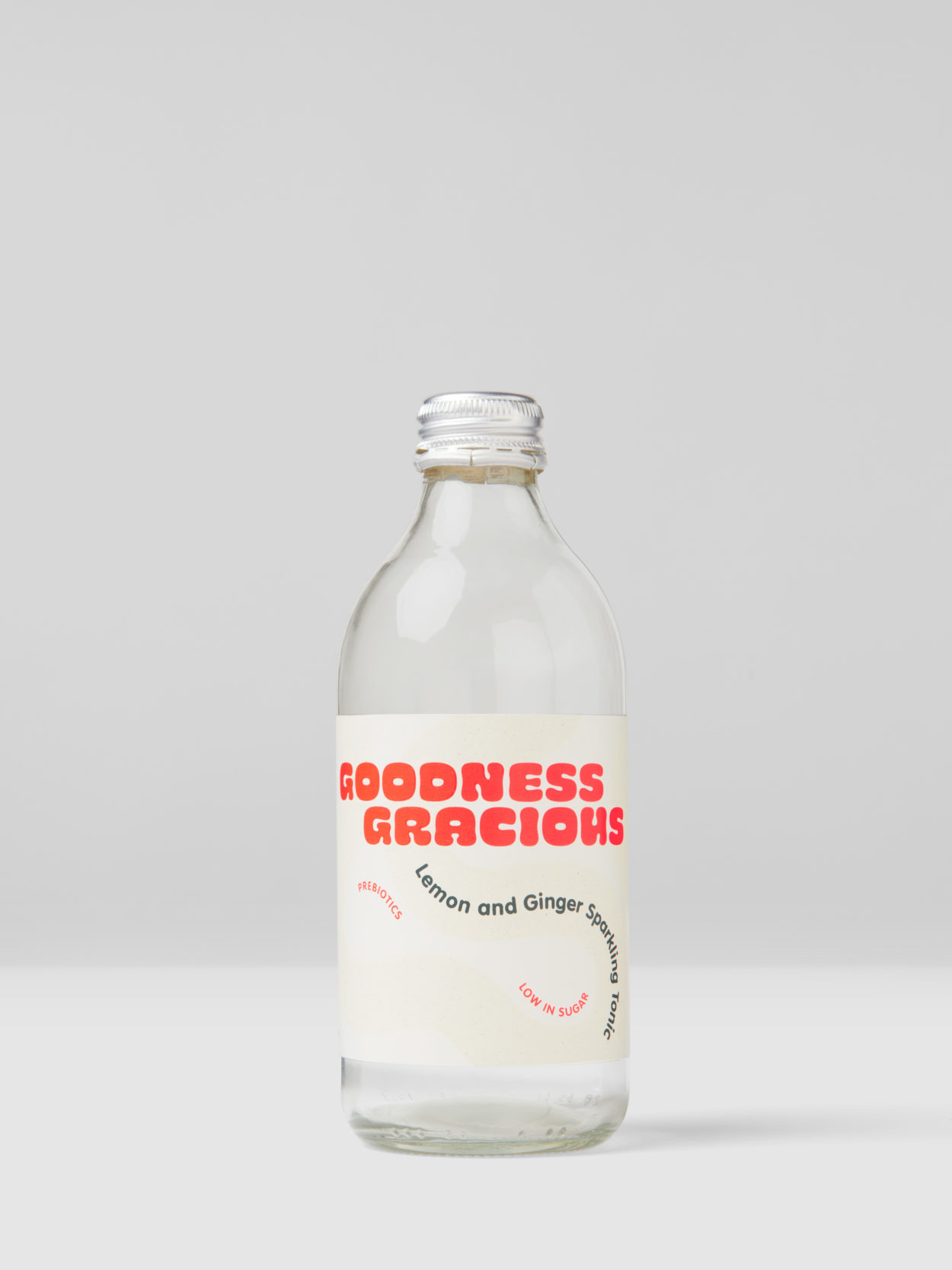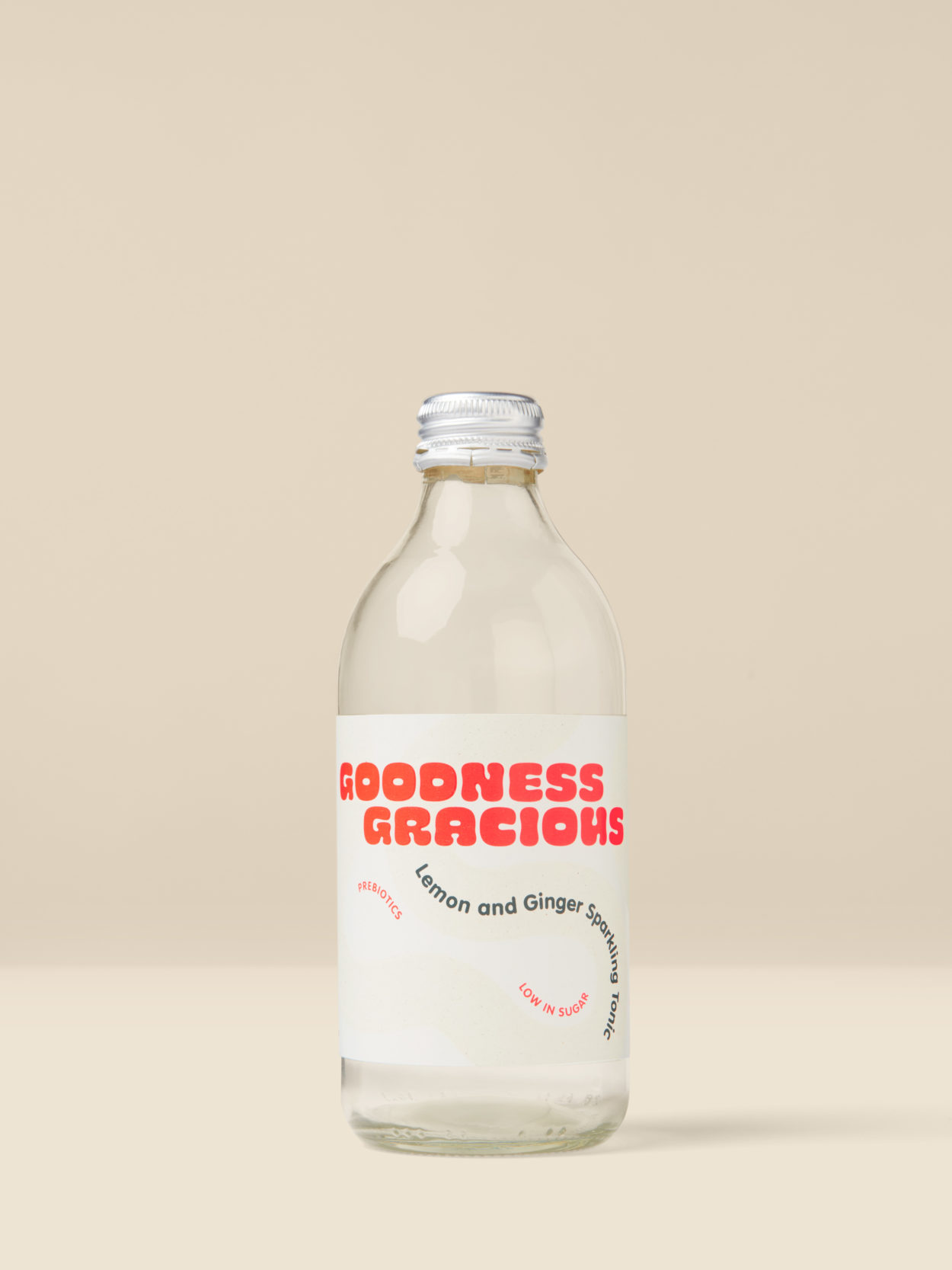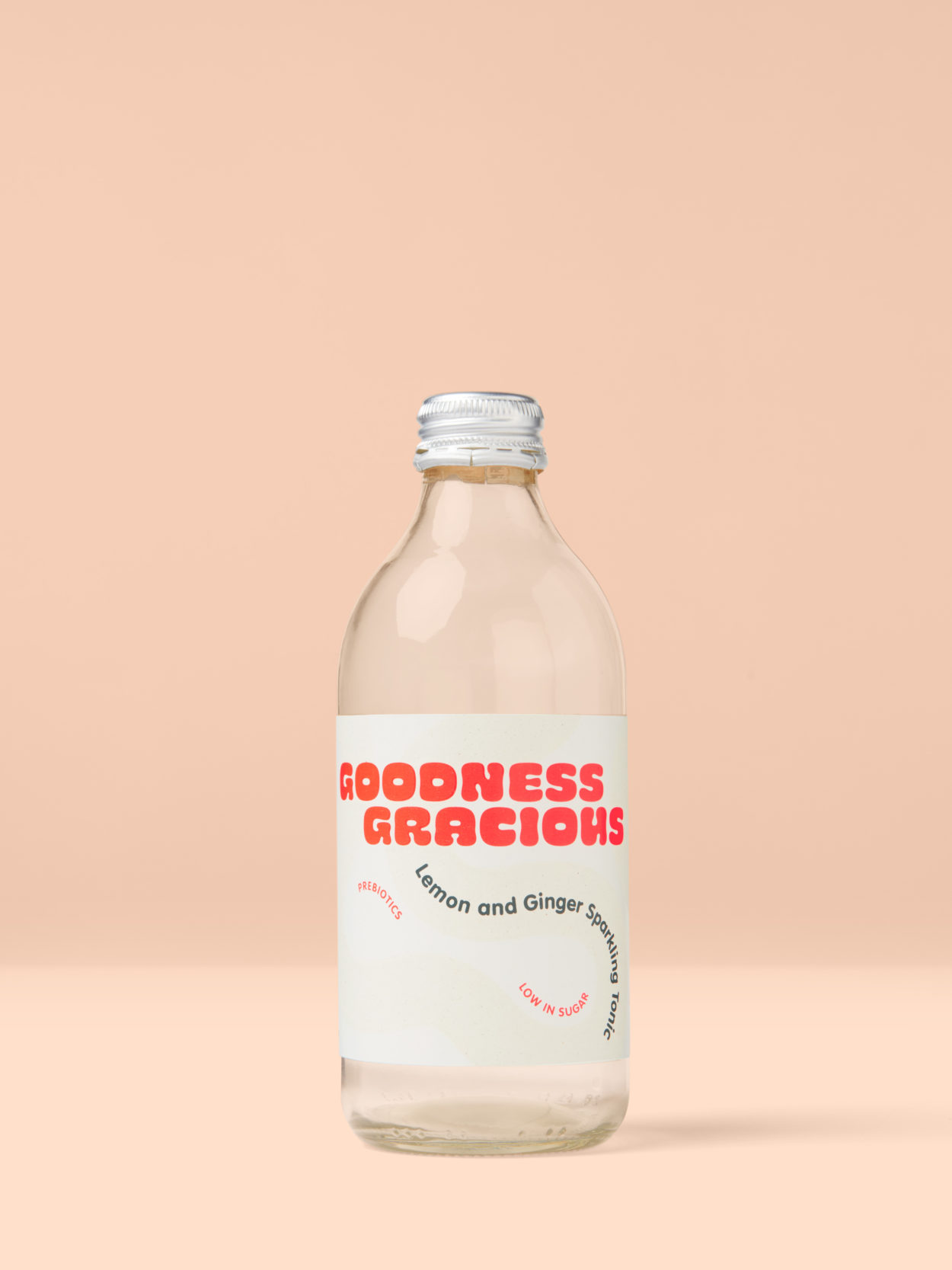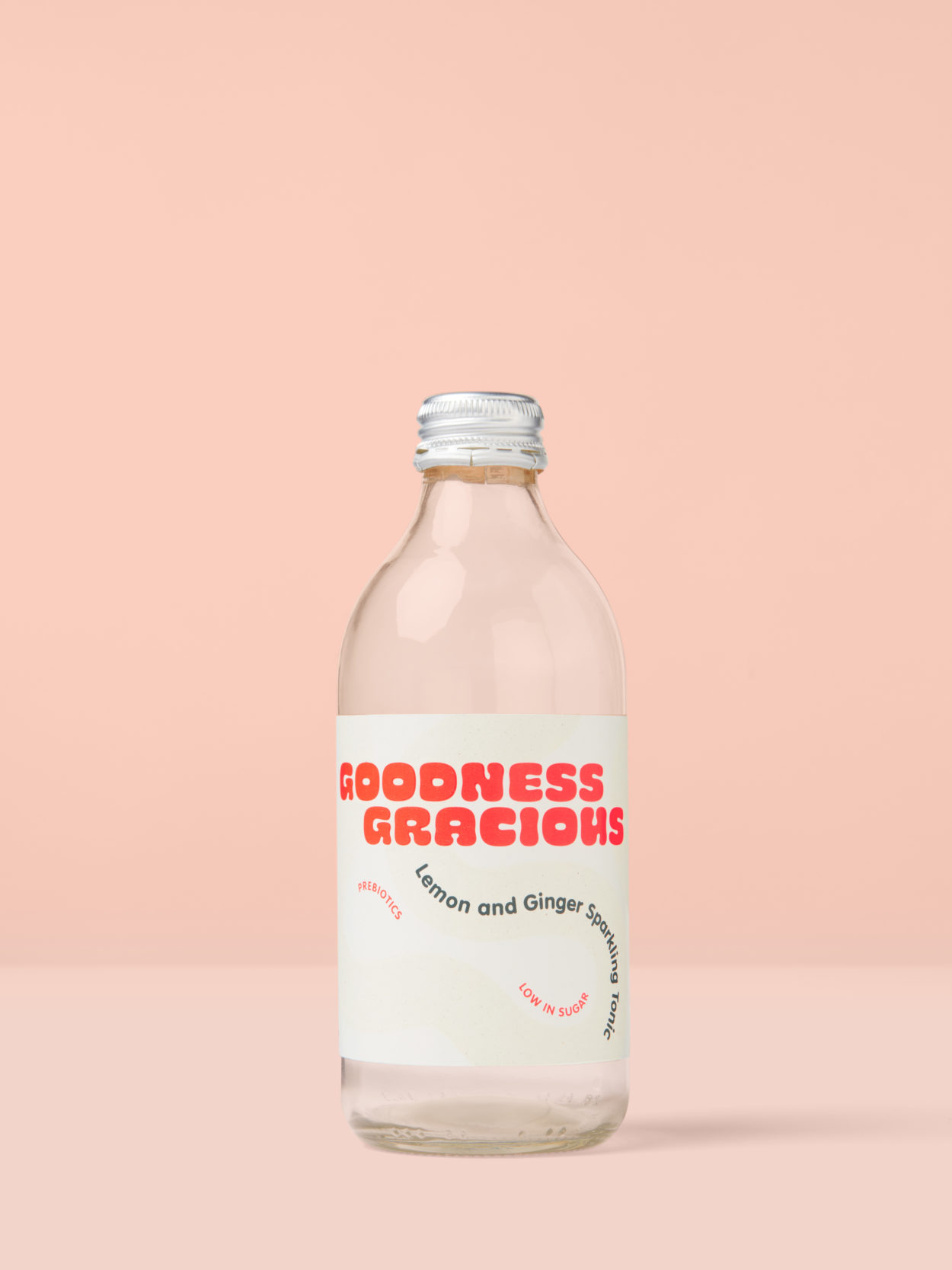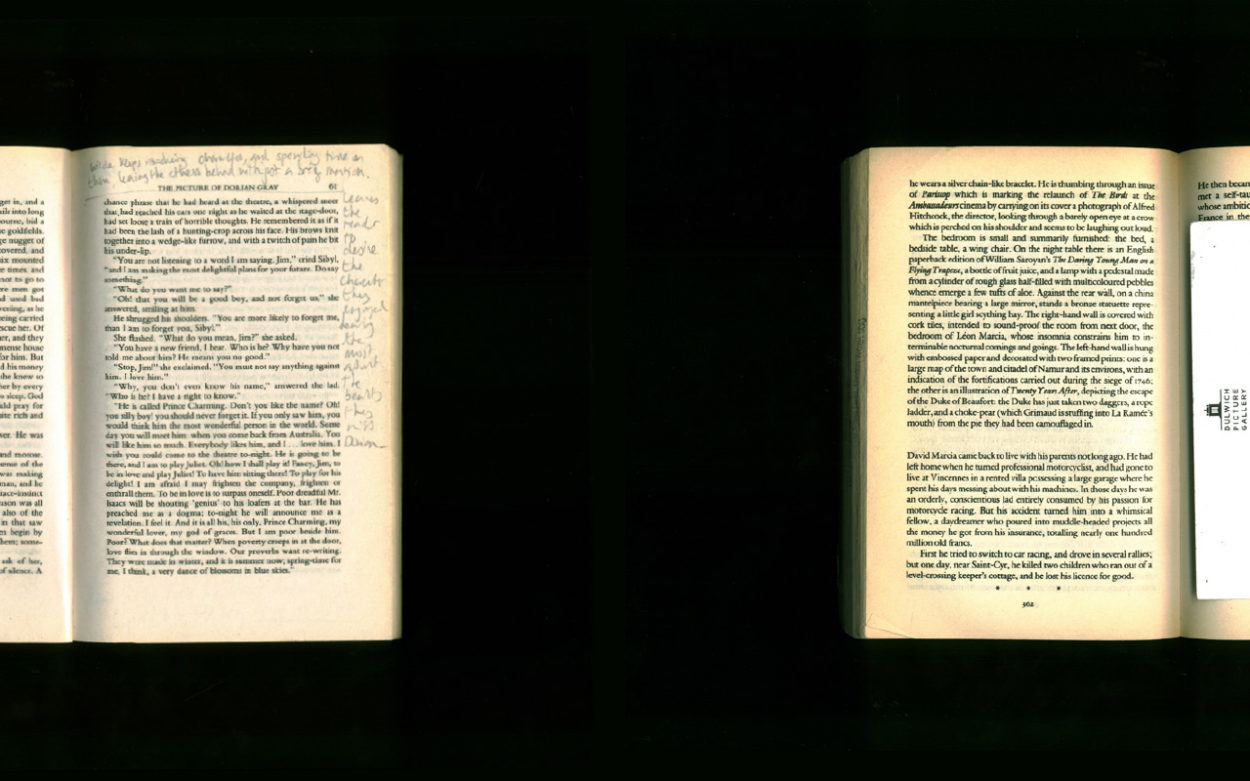Published
Sketching out The Future of Plastics
On Monday morning I briefly lost access to my Google Workspace account because I forgot my password (despite having a password manager and accidentally wiping my phone last week because I blanked on my pin code). Alas, with paper and pencil as my only available tools, I sketched out an idea for our next campaign on The Future of Plastics.
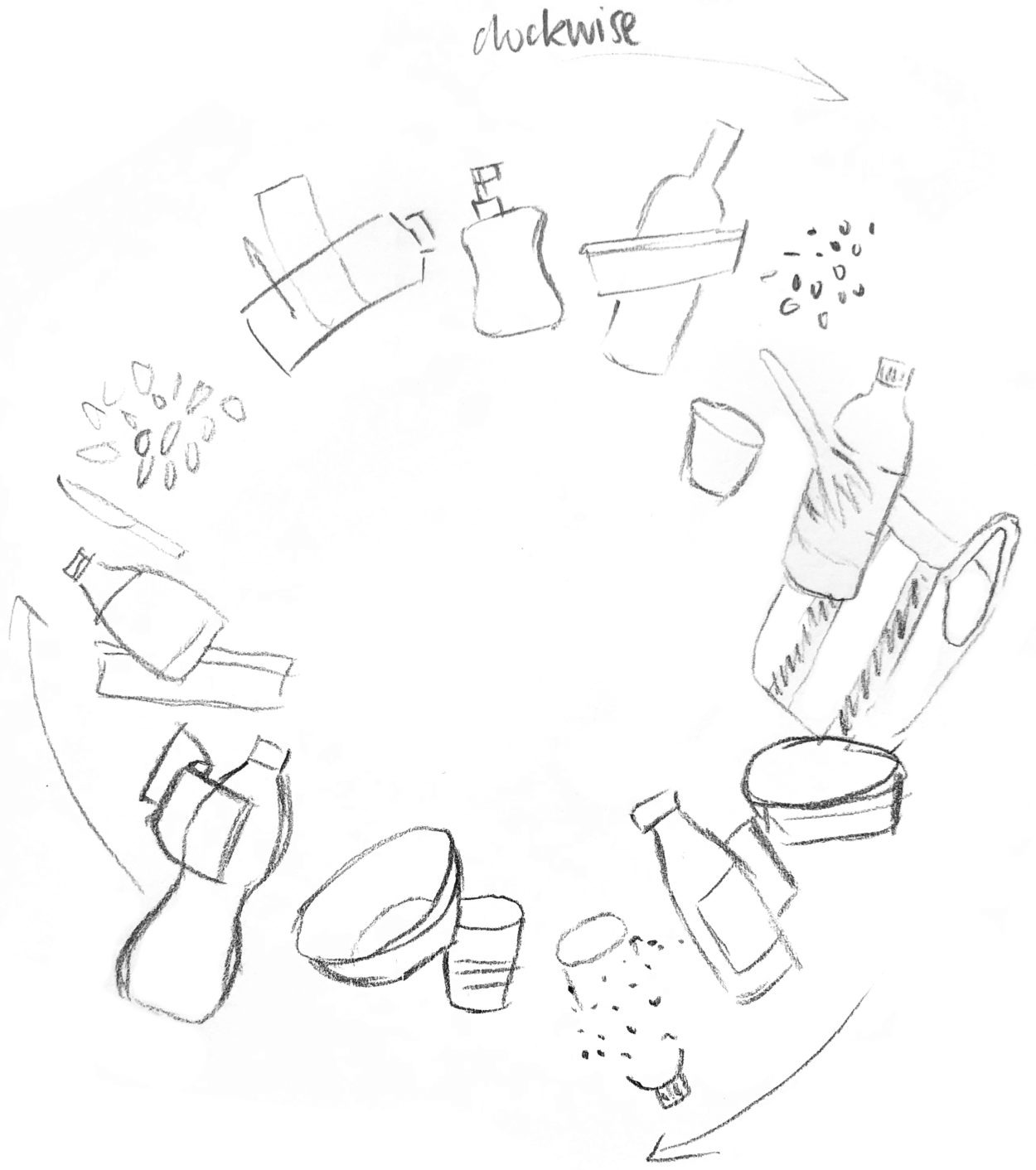
This campaign will explore the tension between the innovations enabled by plastics (from light-weight electric vehicles to heart diaphragm pumps) and the significant environmental destruction caused by plastics (from the clogging of the worlds rivers and oceans to the profusion of nano-plastics). While the development of alternative materials is invaluable, the ubiquity of plastic in our ecosystems obliges us to rethink how we value, use and dispose of it. The future of plastics is circular.
